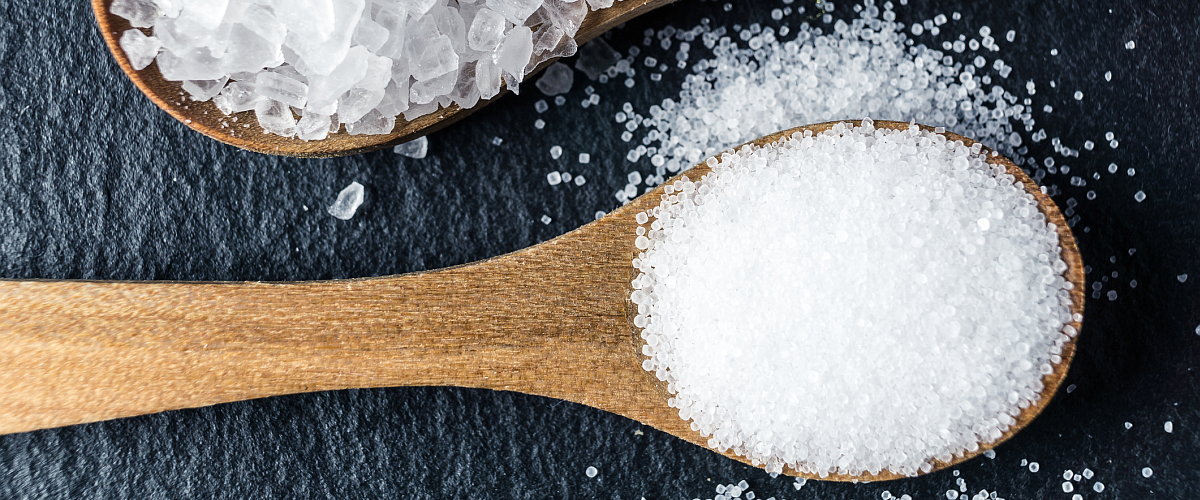When thinking about sodium in the diet, most people’s first thought is a salt shaker. But the table salt we add to food makes up just 5% of the total sodium we’re consuming each day. The majority of sodium, about 75% in most diets, comes from processed and restaurant foods. Like sugar and calories, we consume way too much sodium. We caught up with Dr. Elliott Antman, a cardiologist and past president of the American Heart Association, to learn more about where we can find sodium in our diet and the impact it has on our health.
What is sodium and how does it impact my body?
Sodium is a mineral that helps you maintain the balance of fluids in your body and is regulated by our kidneys. Sodium also helps send nerve impulses and affects muscle function.
When there’s extra sodium in your body, it pulls water into your blood vessels, increasing the total volume of blood inside your vessels. With more blood flowing, your blood pressure increases. Think of it like turning up the water supply to a garden hose. The pressure in the hose increases as more water is blasted through it. Over time, high blood pressure may overstretch the blood vessel walls and the increased pressure makes the heart work harder which tires it out.
What foods are common sources of sodium?
More than 70% of the sodium Americans eat comes from some processed, pre-packaged and restaurant foods. For perspective, one teaspoon of salt (the mineral compound sodium chloride) is equal to 2,300 milligrams of sodium, the amount some people should limit their intake to per day.
Because most of the sodium we eat is in our food before we buy it – and the rest occurs naturally or is added by us before consuming – it makes it hard for people to limit how much sodium they are eating. 
Here are the top sodium food sources, AKA the “salty six.”
- Cold cuts and cured meats
- Pizza
- Soup
- Breads and rolls
- Chicken
- Burritos and tacos
How much sodium should I eat per day?
On average, Americans eat more than 3,500 milligrams (mg) of sodium each day, which is way more than we at the AHA or other health organizations recommend. The American Heart Association recommends no more than 2,300 mg a day and an ideal limit of no more than 1,500 mg per day for most adults. Because the average American’s sodium intake is so excessive, even cutting back to no more than 2,400 mg a day will significantly improve blood pressure and heart health.
Since sodium reduction is important, we’ve partnered with Aramark and are working with their chefs and dietitians to help cut sodium, in addition to saturated fat and calories, by 20% from their menus while increasing fruits, vegetables and whole grains by 20%. Over the past two years as part of our Healthy for Life 20 by 20 joint initiative, we’ve slashed sodium, saturated fat, and calories by over 10%.
Do certain people need to be more concerned about sodium than others?
 The effects of salt and sodium on blood pressure tend to be greater in people over 50, and those with high blood pressure, diabetes or kidney disease, which is about half of the American population.
The effects of salt and sodium on blood pressure tend to be greater in people over 50, and those with high blood pressure, diabetes or kidney disease, which is about half of the American population.
Even if you don’t fall into one of these categories, almost everyone can benefit from cutting back on salt. Blood pressure rises with age, and eating less sodium now will curb that rise and put us on a path to a healthier life.
Note: Since everyone’s health history and nutritional needs are so different, please make sure that you talk with your doctor and a registered dietitian to get advice about the diet and exercise plan that‘s right for you.

